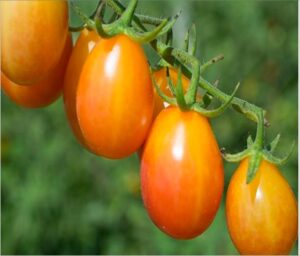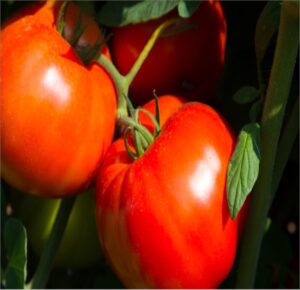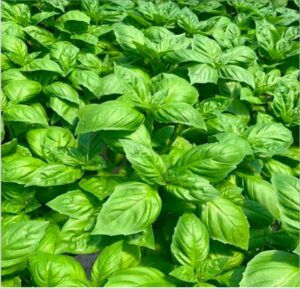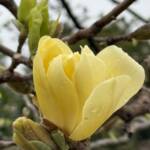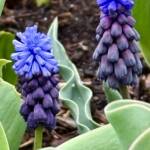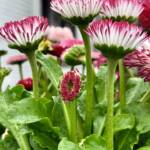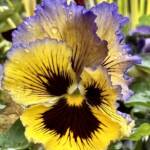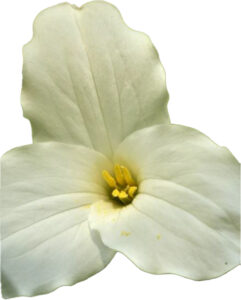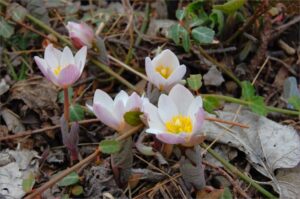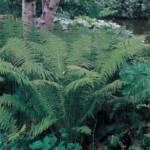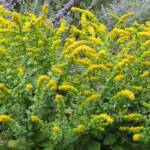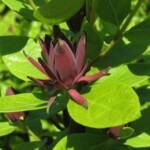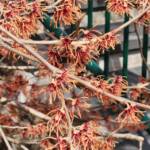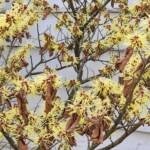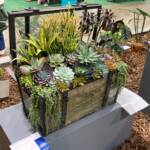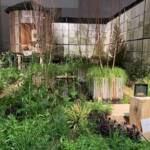Many thanks to Farmer Shaun from Grow It Green Morristown who is growing Rutgers tomato seedlings for our 2025 Plant Sale. The following tomatoes will be available: ‘Rutgers 250’ and ‘Rutgers Scarlet Sunrise’ as well as Basil Devotion which is downy mildew resistant. Here are some details.
Rutgers ‘Scarlet Sunrise’ tomato
Released in 2020 by the Rutgers New Jersey Agricultural Experiment Station from work done by Pete Nitzsche and Thomas Orton Bicolor grape tomato with intense sweet Flavor and moderate acidity.
Indeterminate, late-season, high yielding. Red and yellow crack resistant skins. Open pollinated. 70 days to maturity
‘Rutgers 250’ tomato
A reinvention of the tomato industry’s most significant variety, the ‘250 ‘was named in honor of the 250th anniversary of the founding of Rutgers University.
Improved version of the classic Rutgers tomato that defined the flavor of the ‘Jersey Tomato’.
‘Rutgers Devotion DMR’ basil
From the breeding program of Dr. James Simon, Rutgers Department of Plant Biology & Pathology, and Dr. Andy Wyenandt at the Rutgers Agricultural Research and Extension Center.
Downy mildew resistant Genovese type basil. Uniform, upright growth and dome or cup-shaped leaf.
This final photo shows the many happy little tomato seedlings growing just for you!

